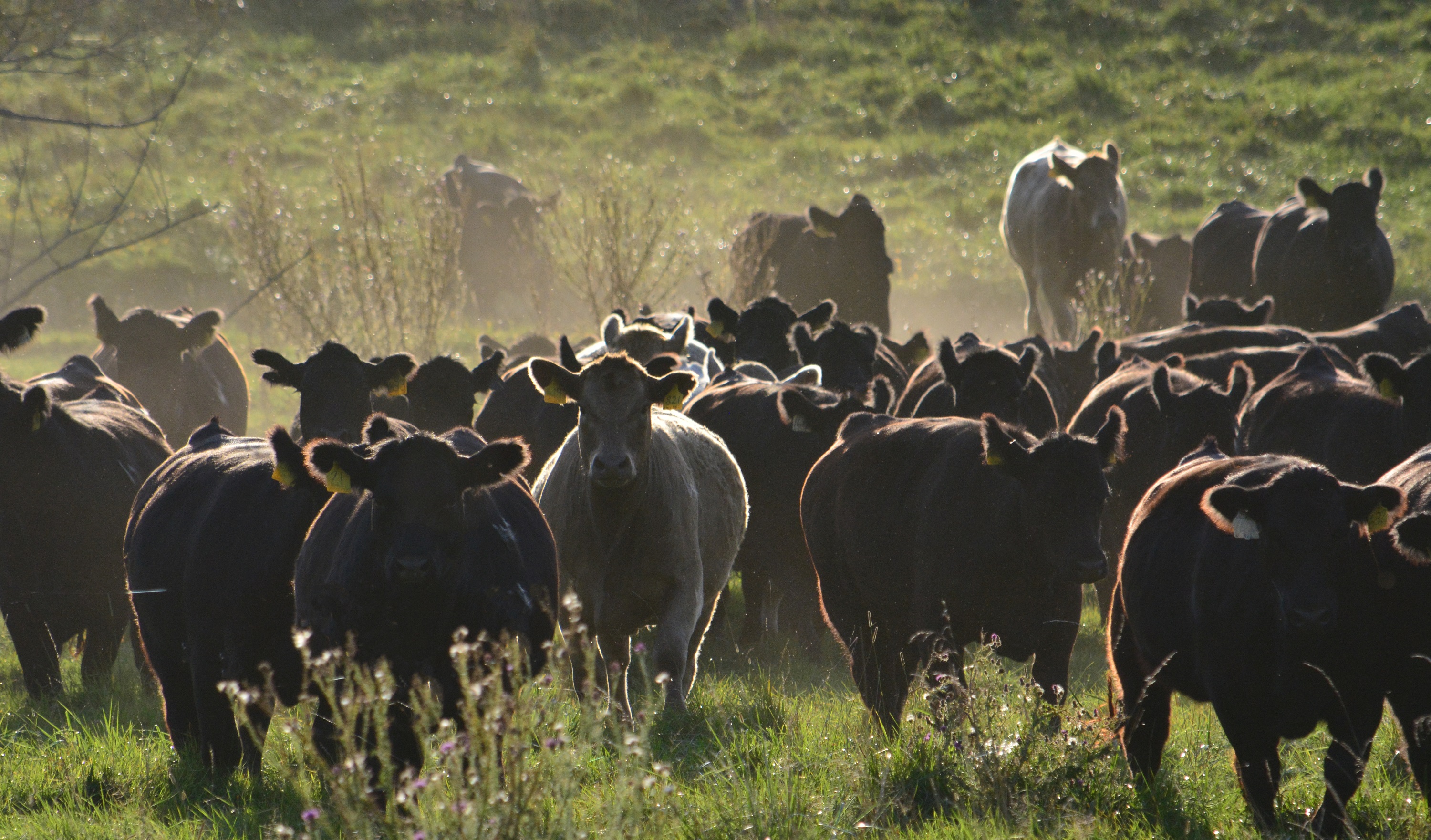Beef farming videos
find more videos on youtube
beef farming in wisconsin
Have you ever wondered how beef farmers raise their cattle in Wisconsin? Join us as we take a closer look at Wisconsin beef farms that come in different types and sizes, but all have the same goal of caring for the land and animals, and producing high-quality, nutritious beef.
from pasture to plate
The beef lifecycle is one of the most unique and complex lifecycles of any food. Farmers and ranchers throughout the process are committed to raising beef responsibly. This video takes you through the beef production lifecycle in Nebraska.
behind wisconsin's beef
Wisconsin is home to over 14,000 beef producers and nearly 7,000 dairy producers who are working hard to provide you and your family healthy and wholesome beef!
rethink the ranch
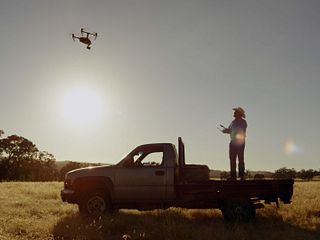
Much has changed since the days of cowboys, cattle drives and the Old West. Today, it's more about drones, apps and computers. Learn about real, modern ranchers, how they care for the cattle, what inspires them and why they work so hard day after day.
raising beef in the U.S.
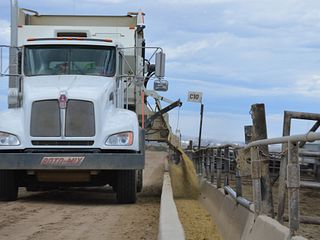
Join us as we travel across the country and meet some of the hard-working cattle farmers and ranchers who help feed the world by bringing beef from pasture to plate.
beef sustainability with ranchers & Chefs
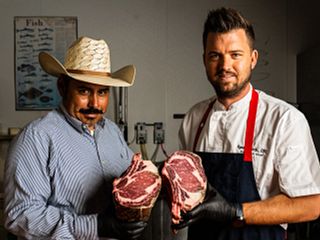
Watch as Chefs from across the country visit local beef farms, ranches and feedyards, learning how the beef they menu in their restaurant is raised.
beef sustainability
When it comes to the sustainability of food, beef has your back. According to the EPA, greenhouse gas emissions from cattle only account for 2 percent of U.S. GHG emissions. No other food delivers the same tasty and delicious package with that carbon footprint.
veal farming
Veal is the meat from a younger beef animal. It is harvested at about six months of age and weighs about 500 pounds. The veal industry closely follows the dairy industry and dairy processing plants.
beef production fact sheets
the beef lifecycle
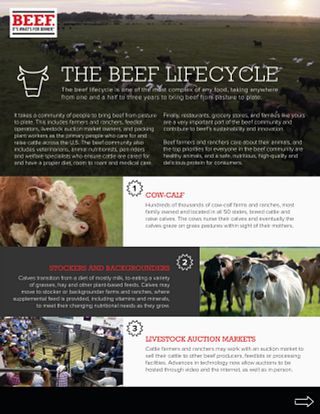
The beef lifecycle is one of the most complex of any food, taking anywhere from one and a half to three years to bring beef from pasture to plate
beef choices

Like the farmers and ranchers who choose how best to raise their cattle for beef, you have choices when it comes to the beef you buy
quality grades

When assessing quality grade, a number of factors are evaluated, including carcass maturity, firmness, texture and color of lean, and the amount and distribution of marbling within the lean.
marbling
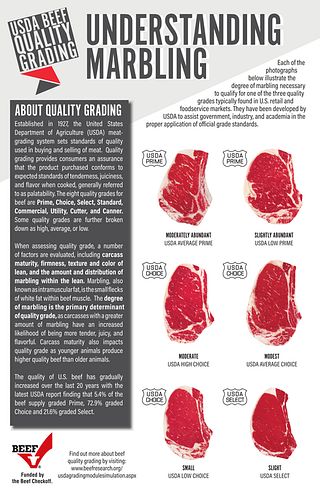
Cras tristique condimentum quam porta bibendum. Pellentesque habitant morbi tristique senectus.
more information
the beef production story
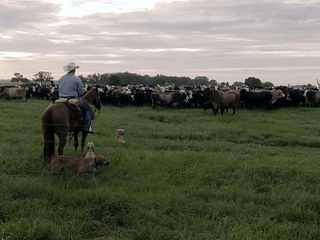
The process of raising beef is among the most complex of any food. Across this journey, one primary thing remains constant – the beef community’s shared commitment to raising cattle in a safe and environmentally sustainable way.
beef in a healthy, sustainable diet
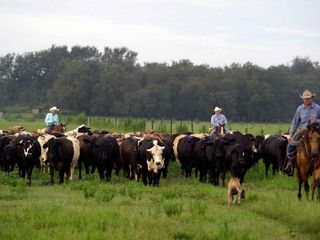
Learn how beef promotes health and helps prevent nutrient deficiencies, and the ways in which cattle play a unique role in our food system by upcycling inedible plants to high-quality protein.
ensuring beef safety, from farm to fork
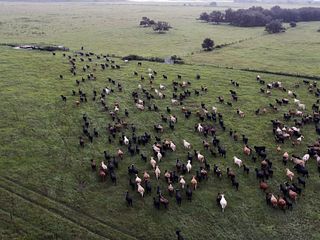
From farm to fork, everyone plays an important role in beef safety. Safety plays an essential function across the beef lifecycle journey – from the cattle ranches across the U.S., to the meat processing plants, to your kitchen table.
cattlemen and the environment
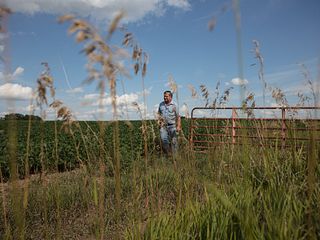
Today beef is produced using fewer resources than ever before. But conservation is never complete; ranchers work hard to feed a growing population, while, at the same time, reduce water use, care for the land, and protect the environment.
